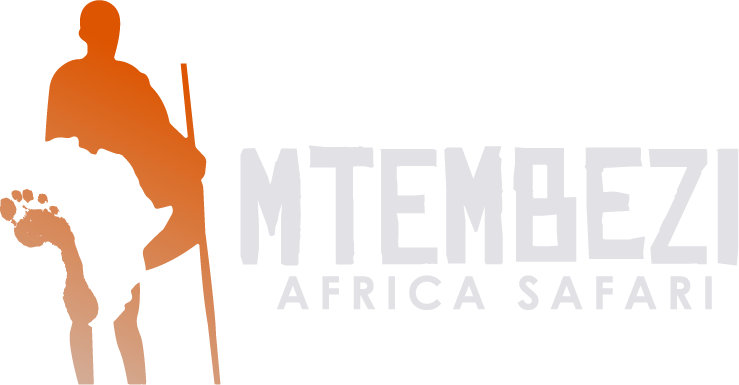Marangu Route
Marangu Route Overview
Often nicknamed the “Coca Cola” route for its popularity, the Marangu Route is the only Kilimanjaro route that uses the same path up and down, adding to the frustration of those trying to ascend and descend in the same space. The “Coca Cola” moniker also refers to the fact that the Marangu route is considered a much easier climb (at least, until the last day of the hike) via a comfortable walking path with a very steady, gradual slope, and therefore used by many unprepared tourists, rather than serious trekkers.
The Marangu Route begins in the southeast and approaches Uhuru Peak via Gilman’s Point, with the same trail being used in the descent. However, the biggest benefit of the Marangu Route is that there is hut accommodation. Though certainly not luxurious, this may be the best option for those who cannot camp, for whatever reason.
The Marangu Route is the only route that offers hut accommodations, making it a comfortable option for many climbers. Here’s a detailed overview:
Key Features:
-
Length and Duration:
- The route is approximately 72 kilometers (45 miles) round trip.
- Typically, the climb takes 5-6 days, with an additional acclimatization day recommended for better success rates.
-
Starting Point:
- The trek begins at Marangu Gate, located at an altitude of about 1,870 meters (6,135 feet).
-
Major Campsites:
- Mandara Hut: The first campsite, located at 2,700 meters (8,858 feet), in a forest clearing.
- Horombo Hut: Situated at 3,720 meters (12,205 feet), offering views of Mawenzi and Kibo peaks.
- Kibo Hut: The final camp before the summit push, located at 4,703 meters (15,430 feet).
-
Summit Attempt:
- The summit push starts from Kibo Hut around midnight.
- Climbers aim to reach Uhuru Peak (5,895 meters / 19,341 feet) by sunrise.
-
Descent Route:
- The descent follows the same route back down, returning via Horombo Hut to Marangu Gate.
Highlights:
- Hut Accommodation: The Marangu Route is the only route with dormitory-style huts, providing a more comfortable and warmer sleeping option compared to tents.
- Well-Established Path: The route is well-trodden and offers a relatively gradual and steady climb, making it accessible for less experienced trekkers.
- Direct Route: It is one of the shortest routes to the summit, which can be an advantage for those on a tighter schedule.
Preparation and Considerations:
- Physical Fitness: While the route is less physically demanding in terms of terrain, adequate physical preparation is still essential due to the altitude.
- Altitude Sickness: The relatively short duration of the trek increases the risk of altitude sickness. An extra acclimatization day at Horombo Hut is highly recommended.
- Gear and Equipment: Proper gear, including warm clothing, sturdy hiking boots, and a sleeping bag (even in huts), is necessary.
- Guides and Porters: Hiring experienced guides and porters is mandatory and enhances safety and the overall experience.
Typical Itinerary:
- Day 1: Marangu Gate to Mandara Hut
- Day 2: Mandara Hut to Horombo Hut
- Day 3: Horombo Hut to Kibo Hut
- Day 4: Kibo Hut to Summit to Horombo Hut
- Day 5: Horombo Hut to Marangu Gate
Optional:
- Day 3a: Acclimatization day at Horombo Hut (recommended for better acclimatization).
Route Advantages:
- Comfortable Accommodation: The hut system provides more comfort and shelter, especially in bad weather, compared to camping.
- Ease of Access: The Marangu Route is easily accessible and has a well-maintained trail.
- Shorter Duration: The shorter trek duration can be advantageous for those with limited time.
Route Disadvantages:
- Lower Success Rate: Due to the shorter acclimatization period, the success rate is generally lower compared to longer routes.
- Crowded: As one of the most popular routes, it can be quite crowded, especially during peak seasons.
- Less Scenic Variety: The ascent and descent follow the same path, offering less scenic diversity compared to other routes.
Top Pick Tanzania Tour Packages For You
Tanzania boasts Africa’s renowned parks, promising unforgettable luxury safaris. With expertly crafted itineraries, immerse yourself in the finest national parks for a tailored wildlife adventure.
